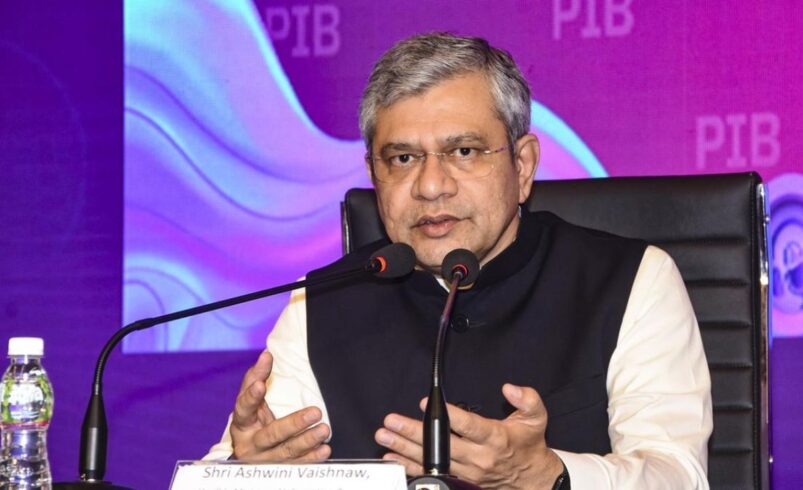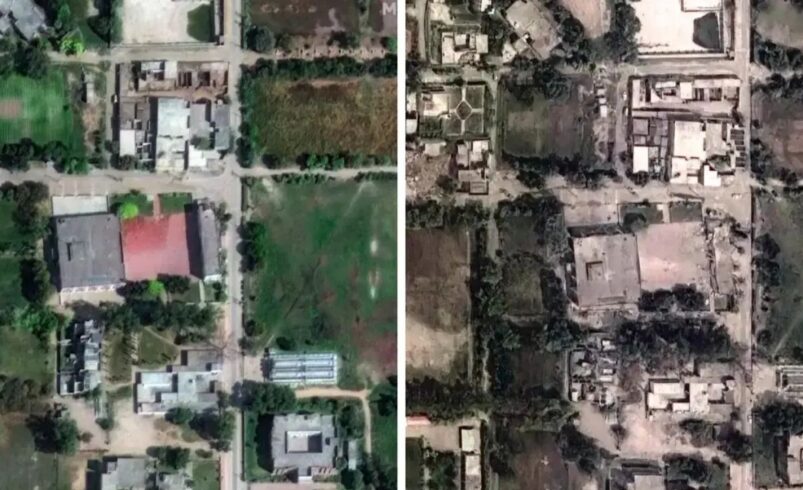India’s recent precision strikes under Operation Sindoor marked a decisive military response to cross-border terrorism. Executed with surgical precision, these targeted operations were aimed at neutralizing terrorist camps operating with impunity on Pakistani soil. The Ministry of Information and Broadcasting (I&B) announced the success of the operation, emphasizing that no civilian, economic, or large-scale military targets were involved. This marked a tactical shift in India’s defense policy—striking with high impact, yet maintaining control and avoiding collateral damage. However, as India’s military moved with calculated restraint, Pakistan responded with a barrage—not of missiles, but of misinformation.
Pakistan’s Disinformation Offensive: A Digital Smokescreen
Following the strikes, Pakistan launched what the Indian government is calling a “full-blown disinformation offensive.” The I&B Ministry reported that social media accounts affiliated with the Pakistani state and its political leadership began flooding platforms with fake news, recycled images, and fabricated narratives. A deliberate attempt was made to mislead the public, confuse the media, and distort the perception of the actual ground events. In one viral case, an image of a MiG-21 crash from 2021 was falsely portrayed as the downing of an Indian Rafale jet. These manipulated visuals were used to promote fictional Pakistani military victories that never occurred.
Exposing the Lies: India’s Fact-Check Unit in Action
To combat the misinformation surge, the Press Information Bureau’s (PIB) Fact Check Unit set up a dedicated war room to verify content circulating on social media. Since Operation Sindoor began, at least seven major fake stories have been debunked. These included false claims of Indian surrender at Chora Post, fabricated videos of attacks on Srinagar Airbase, and staged narratives of captured Indian soldiers. Notably, Pakistan’s Defence Minister Khawaja Asif falsely declared that Indian soldiers were taken prisoner—a claim he later retracted due to lack of evidence. This move demonstrated how even top officials were complicit in pushing propaganda.
The Strategy Behind the Propaganda
The Ministry’s statement emphasized that this was not just random misinformation, but a coordinated and calculated information warfare campaign. The strategy aimed to overwhelm public perception with so much content—true or false—that it becomes hard to distinguish reality from fabrication. By continuously circulating old footage and out-of-context images, Pakistan hopes to create the illusion of a strong counterattack, even if it doesn’t exist in reality. This narrative manipulation is designed not only to pacify their domestic audience but also to influence international observers and portray India as the aggressor.
The Road Ahead: Strengthening India’s Information Defense
India’s approach going forward seems to involve a dual strategy—maintaining transparency about its military actions while proactively countering disinformation. The swift response from PIB’s fact-checking division has shown how digital vigilance is now as crucial as physical defense. Operation Sindoor has proven that India’s military operations are evolving with a modern, multidimensional strategy—on ground and online. But the episode is also a stark reminder of how information warfare has become a core component of geopolitical conflict, one where public trust and perception are battlegrounds in their own right.
Get the latest in business, markets, startups, and policy—visit businessnewsindia.in for in-depth updates and follow us on Instagram @businessnewsindia.in for daily bites of what matters most.
Source – thehindu.com









